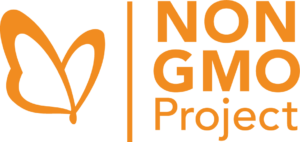
A GMO, or genetically modified organism, is a plant, animal or microorganism that has been subjected to biotechnology.
GMOs can be processed into ingredients which are also genetically modified. Genetically modified ingredients are present in food and personal care products.
GMO developers use biotechnology to alter an organism's fundamental characteristics. Biotechnology includes techniques such as using synthetic genetic sequences to change the organism's genetic material (i.e., DNA or RNA), or forcing the combination of very unrelated organisms that would not normally reproduce in nature.
When biotechnology is applied to a living organism, the result is a GMO. While GMOs are used across many industries, the Non-GMO Project's areas of concern are food, personal care products and animal feed.
Some examples of GMOs include:
Every living thing on Earth is made up of cells. Cells use the information stored in genetic material to perform functions essential to the creature's life cycle. In this way, genetic material impacts how an organism appears, grows, lives and dies by providing the "building blocks of life" — the DNA.
DNA is housed inside delicate and complex cells, protected from external forces that can damage or destroy it and harm the organism. Because of these protective structures, altering genetic material without harming the organism is very difficult to accomplish. GMO developers use biotechnology techniques to bypass a cell's natural protective mechanisms without destroying the organism. Biotechnology can be used to create gene sequences that have never before occurred in nature, producing organisms that have never been part of the human diet.
Humans have practiced agriculture for over 12,000 years, selecting and breeding living organisms such as crops and animals to meet their needs. Traditional selection and breeding techniques include engaging and exploiting natural reproduction through processes such as cross-pollination and some modern laboratory techniques such as cell culturing, embryo rescue and chemical-induced mutagenesis.
However, traditional techniques do not involve biotechnology. Biotechnology is a relatively recent development that has only been around since the 1970s. GMO developers use biotechnology to manipulate a target organism's DNA or RNA or overcome natural reproductive barriers. These processes result in a wide range of GMOs, including crops containing foreign DNA that makes them produce an insecticide, withstand weed killer applications, or alters their nutritional profile, or plants and animals containing edits in their genome that change growth rate and appearance. Biotechnology can even be used to limit an animal's ability to reproduce. Please visit our blog for more information on the wide variety of GMOs currently on the market.
A GMO, or genetically modified organism, is a plant, animal or microorganism that has been subjected to biotechnology.
GMOs can be processed into ingredients which are also genetically modified. Genetically modified ingredients are present in food and personal care products.
GMO developers use biotechnology to alter an organism's fundamental characteristics. Biotechnology includes techniques such as using synthetic genetic sequences to change the organism's genetic material (i.e., DNA or RNA), or forcing the combination of very unrelated organisms that would not normally reproduce in nature.
When biotechnology is applied to a living organism, the result is a GMO. While GMOs are used across many industries, the Non-GMO Project's areas of concern are food, personal care products and animal feed.
Some examples of GMOs include:
Every living thing on Earth is made up of cells. Cells use the information stored in genetic material to perform functions essential to the creature's life cycle. In this way, genetic material impacts how an organism appears, grows, lives and dies by providing the "building blocks of life" — the DNA.
DNA is housed inside delicate and complex cells, protected from external forces that can damage or destroy it and harm the organism. Because of these protective structures, altering genetic material without harming the organism is very difficult to accomplish. GMO developers use biotechnology techniques to bypass a cell's natural protective mechanisms without destroying the organism. Biotechnology can be used to create gene sequences that have never before occurred in nature, producing organisms that have never been part of the human diet.
Humans have practiced agriculture for over 12,000 years, selecting and breeding living organisms such as crops and animals to meet their needs. Traditional selection and breeding techniques include engaging and exploiting natural reproduction through processes such as cross-pollination and some modern laboratory techniques such as cell culturing, embryo rescue and chemical-induced mutagenesis.
However, traditional techniques do not involve biotechnology. Biotechnology is a relatively recent development that has only been around since the 1970s. GMO developers use biotechnology to manipulate a target organism's DNA or RNA or overcome natural reproductive barriers. These processes result in a wide range of GMOs, including crops containing foreign DNA that makes them produce an insecticide, withstand weed killer applications, or alters their nutritional profile, or plants and animals containing edits in their genome that change growth rate and appearance. Biotechnology can even be used to limit an animal's ability to reproduce. Please visit our blog for more information on the wide variety of GMOs currently on the market.
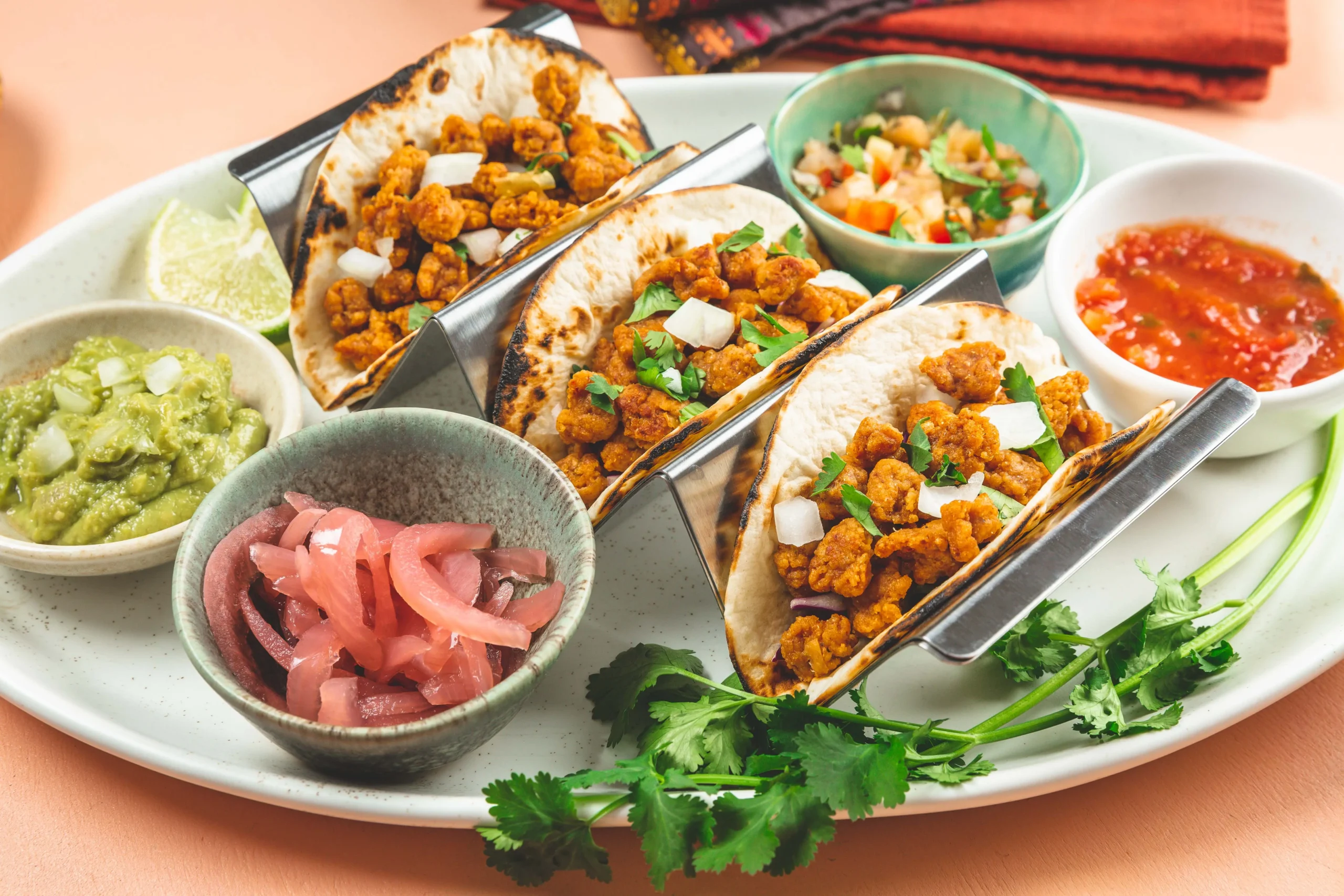


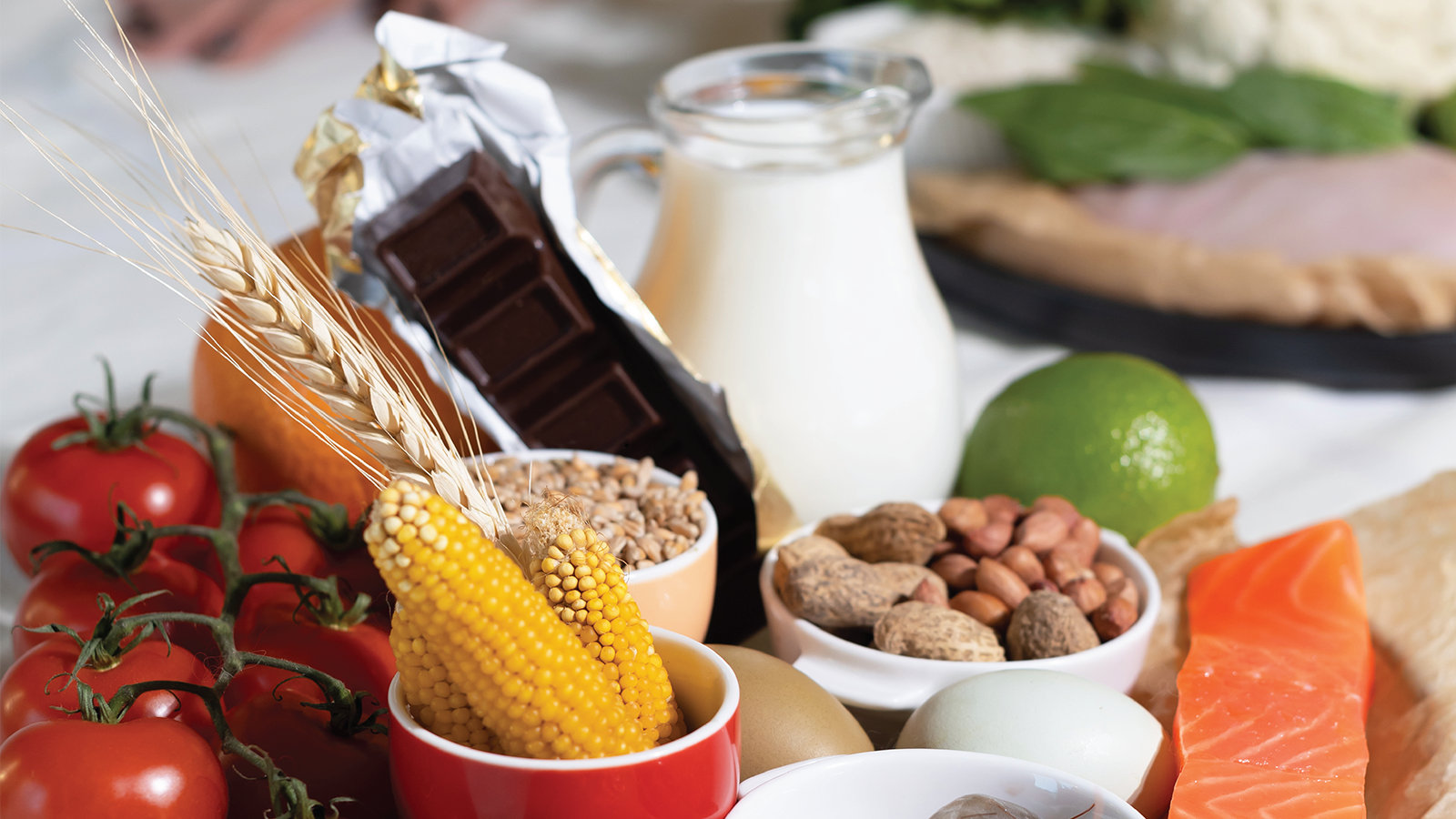




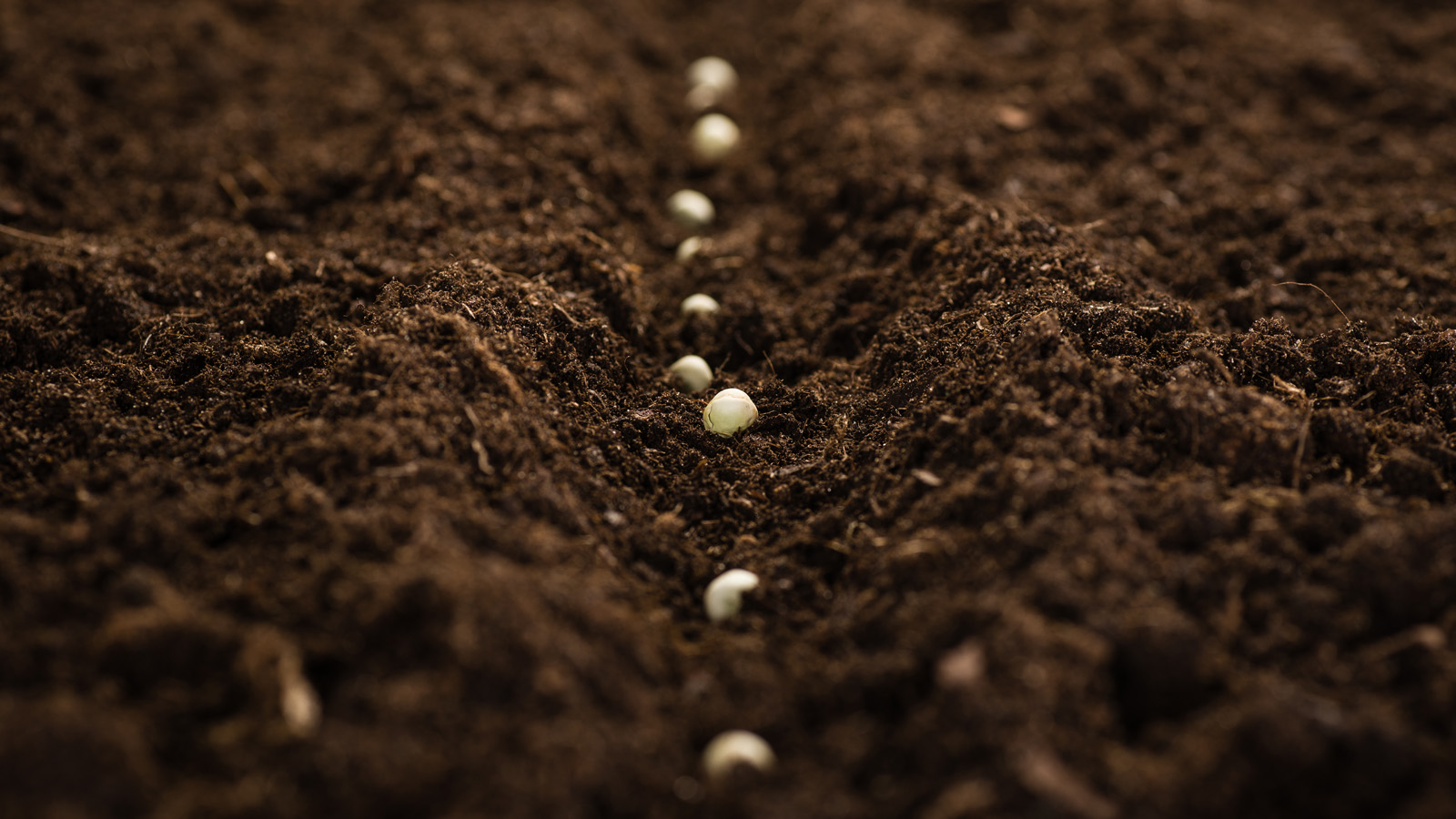
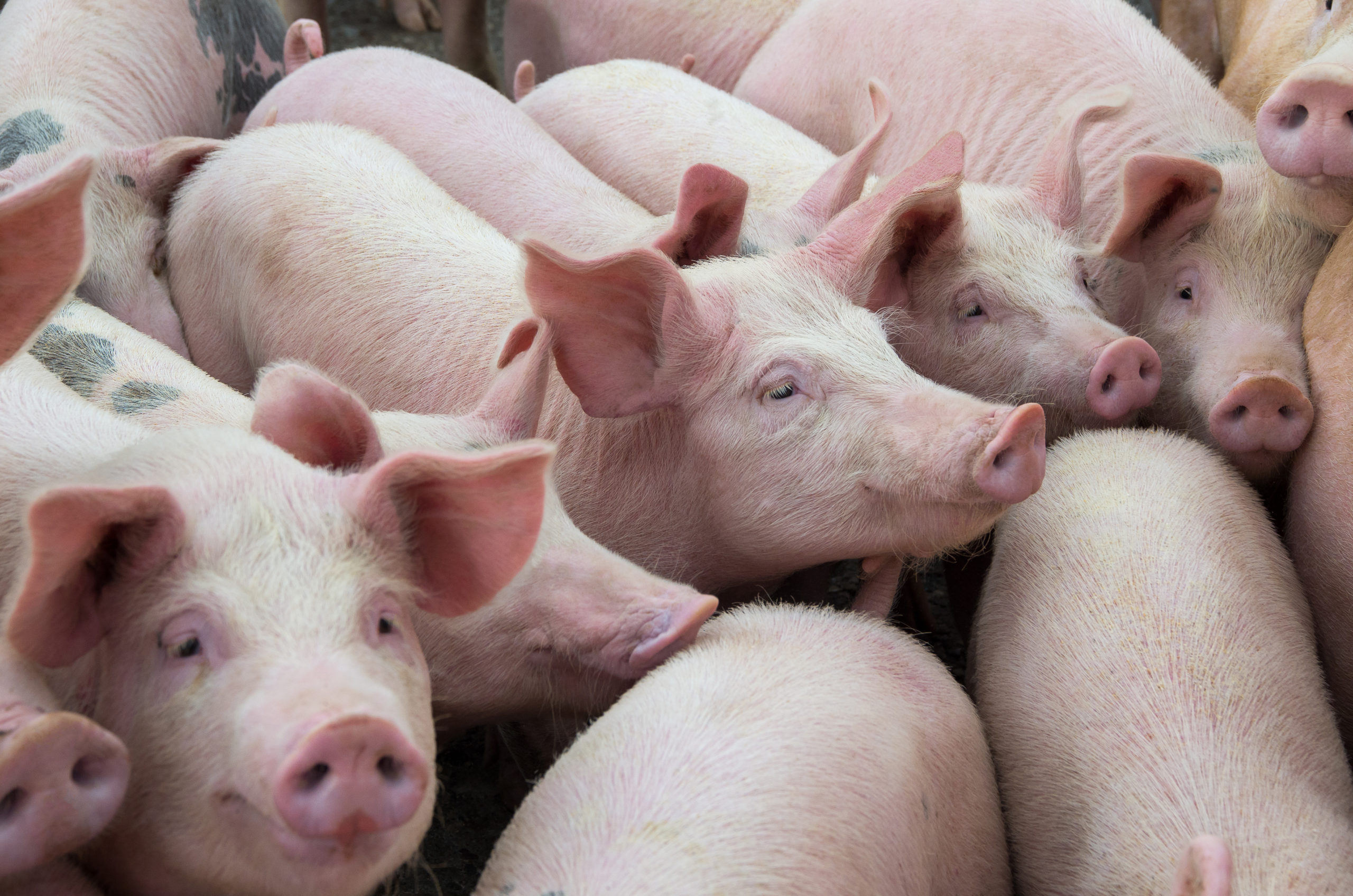



A GMO, or genetically modified organism, is a plant, animal or microorganism that has been subjected to biotechnology.
GMOs can be processed into ingredients which are also genetically modified. Genetically modified ingredients are present in food and personal care products.
GMO developers use biotechnology to alter an organism's fundamental characteristics. Biotechnology includes techniques such as using synthetic genetic sequences to change the organism's genetic material (i.e., DNA or RNA), or forcing the combination of very unrelated organisms that would not normally reproduce in nature.
When biotechnology is applied to a living organism, the result is a GMO. While GMOs are used across many industries, the Non-GMO Project's areas of concern are food, personal care products and animal feed.
Some examples of GMOs include:
Every living thing on Earth is made up of cells. Cells use the information stored in genetic material to perform functions essential to the creature's life cycle. In this way, genetic material impacts how an organism appears, grows, lives and dies by providing the "building blocks of life" — the DNA.
DNA is housed inside delicate and complex cells, protected from external forces that can damage or destroy it and harm the organism. Because of these protective structures, altering genetic material without harming the organism is very difficult to accomplish. GMO developers use biotechnology techniques to bypass a cell's natural protective mechanisms without destroying the organism. Biotechnology can be used to create gene sequences that have never before occurred in nature, producing organisms that have never been part of the human diet.
Humans have practiced agriculture for over 12,000 years, selecting and breeding living organisms such as crops and animals to meet their needs. Traditional selection and breeding techniques include engaging and exploiting natural reproduction through processes such as cross-pollination and some modern laboratory techniques such as cell culturing, embryo rescue and chemical-induced mutagenesis.
However, traditional techniques do not involve biotechnology. Biotechnology is a relatively recent development that has only been around since the 1970s. GMO developers use biotechnology to manipulate a target organism's DNA or RNA or overcome natural reproductive barriers. These processes result in a wide range of GMOs, including crops containing foreign DNA that makes them produce an insecticide, withstand weed killer applications, or alters their nutritional profile, or plants and animals containing edits in their genome that change growth rate and appearance. Biotechnology can even be used to limit an animal's ability to reproduce. Please visit our blog for more information on the wide variety of GMOs currently on the market.